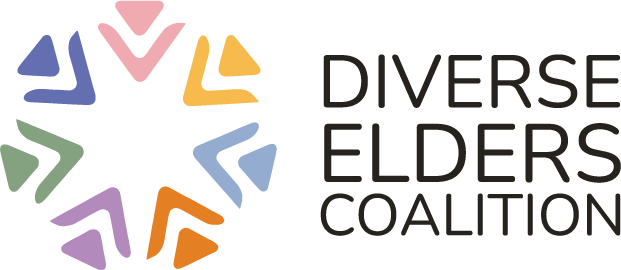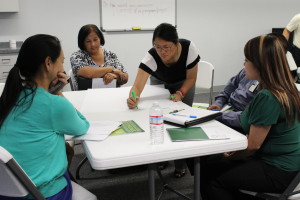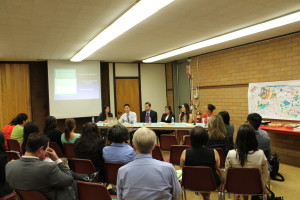When it comes to financial fraud and scams, elders are particularly vulnerable targets. In fact, USA Today reported that while people 60 and older make up 15 percent of the U.S. population, they account for 30 percent of fraud victims.
It’s such a problem that the FDIC and Consumer Financial Protection Bureau last month launched “Money Smart for Older Adults,” a literacy curriculum for elders with tips on how to prevent identity theft and other common scams and how to prepare financially for life events. This blog post from NerdWallet has financial literacy tips aimed at seniors. Many other tools targeting seniors abound on the internet.
But as I considered the tips and tools offered, it was hard for me to imagine a senior from the refugee and immigrant communities that the Southeast Asia Resource Action Center (SEARAC) serves using these tools. In addition to the many reasons that already make elders easy targets for financial fraud and scams, many immigrant and refugee elders are even more vulnerable because of their lack of English proficiency. Southeast Asian American (Cambodian, Lao, and Vietnamese) elders also come from societies where they often don’t trust government or financial institutions because of long histories of war and political instability in those countries.
Last week, SEARAC hosted two forums on financial literacy in California, one in Fresno and one in Sacramento. Titled “Moving Our Communities Forward” the goal of these forums was to bring financial institutions, community leaders and other stakeholders to the table to discuss issues regarding financial literacy and community members’ access to mainstream financial products, as well as to explore best-practices for reaching out to Southeast Asian American communities. One story that came up during the discussions was that of Hmong elders who were robbed of their significant savings because, rather than keeping their savings in the bank, these elders had kept their savings hidden away at home. Unfortunately, this is a narrative that is not new in immigrant and refugee communities.
In addition to language barriers playing a significant role in keeping immigrant elders from accessing banks and other financial institutions, there is significant misinformation about bank fees and interest rates and the costs associated with having a bank account. A forum participant also cited lack of access to transportation to get to a bank as another reason why elders don’t use banks.
The forums built off of a report that SEARAC released last year, Encouraging Economic Empowerment, which discusses the financial and banking capabilities of Southeast Asian American communities in California. The report notes that “For those…participants whose income is limited due to underemployment or unemployment, or for those on a fixed income such as Supplemental Security Income, opening a bank account seemed more cumbersome than other alternatives such as cashing a check over at a local grocery store.”
One consensus of the forums was that because financial habits form early on, we have to start providing our youth with financial literacy education. One participant even noted that young people, especially in immigrant families, can also be a pathway to teaching elders about financial literacy because they bring their knowledge back to their parents and grandparents. While I think that teaching financial literacy to youth and helping them form good financial habits is a really smart tactic, it seem unfair to rely on them alone to transfer that information and knowledge to the elder population. There must also be something we can do to help reach elder immigrants on financial literacy issues because the problem is an urgent one. At SEARAC, we’d like to continue this conversation. What financial literacy programs are already out there to reach immigrant elder populations and what are some best practices in teaching financial literacy education to elders?



